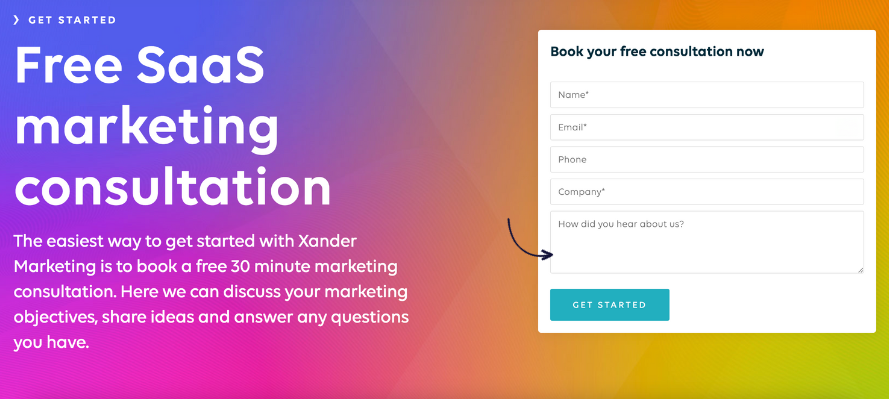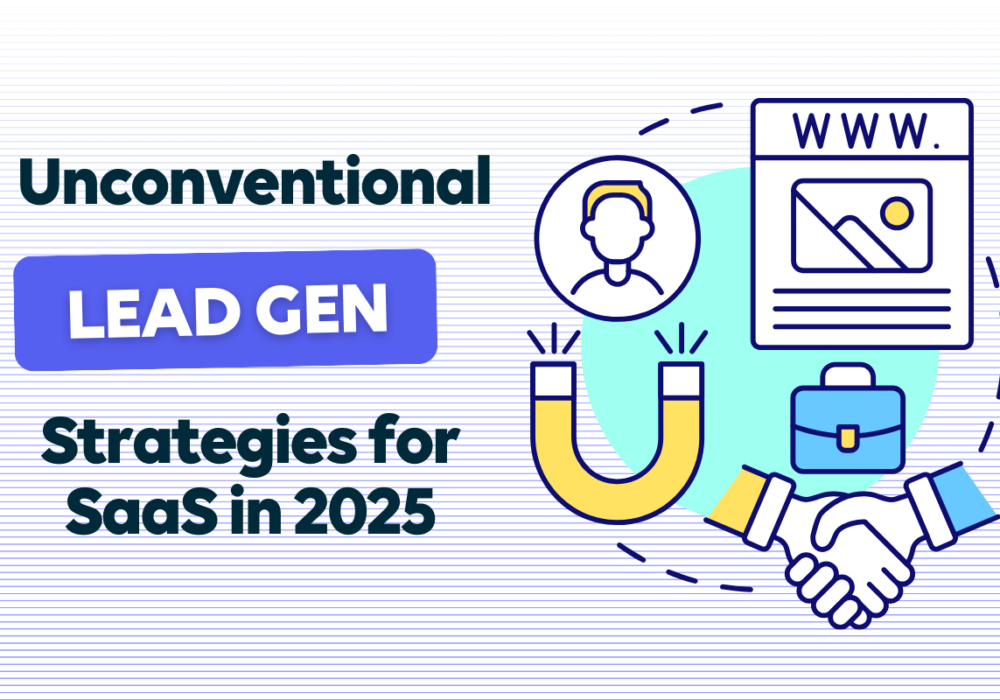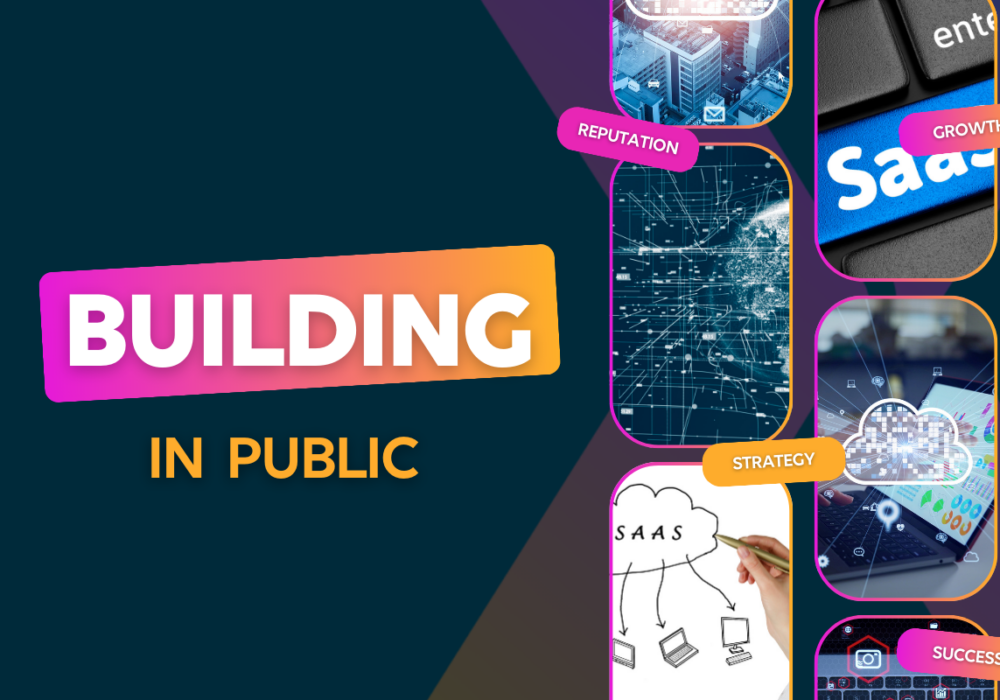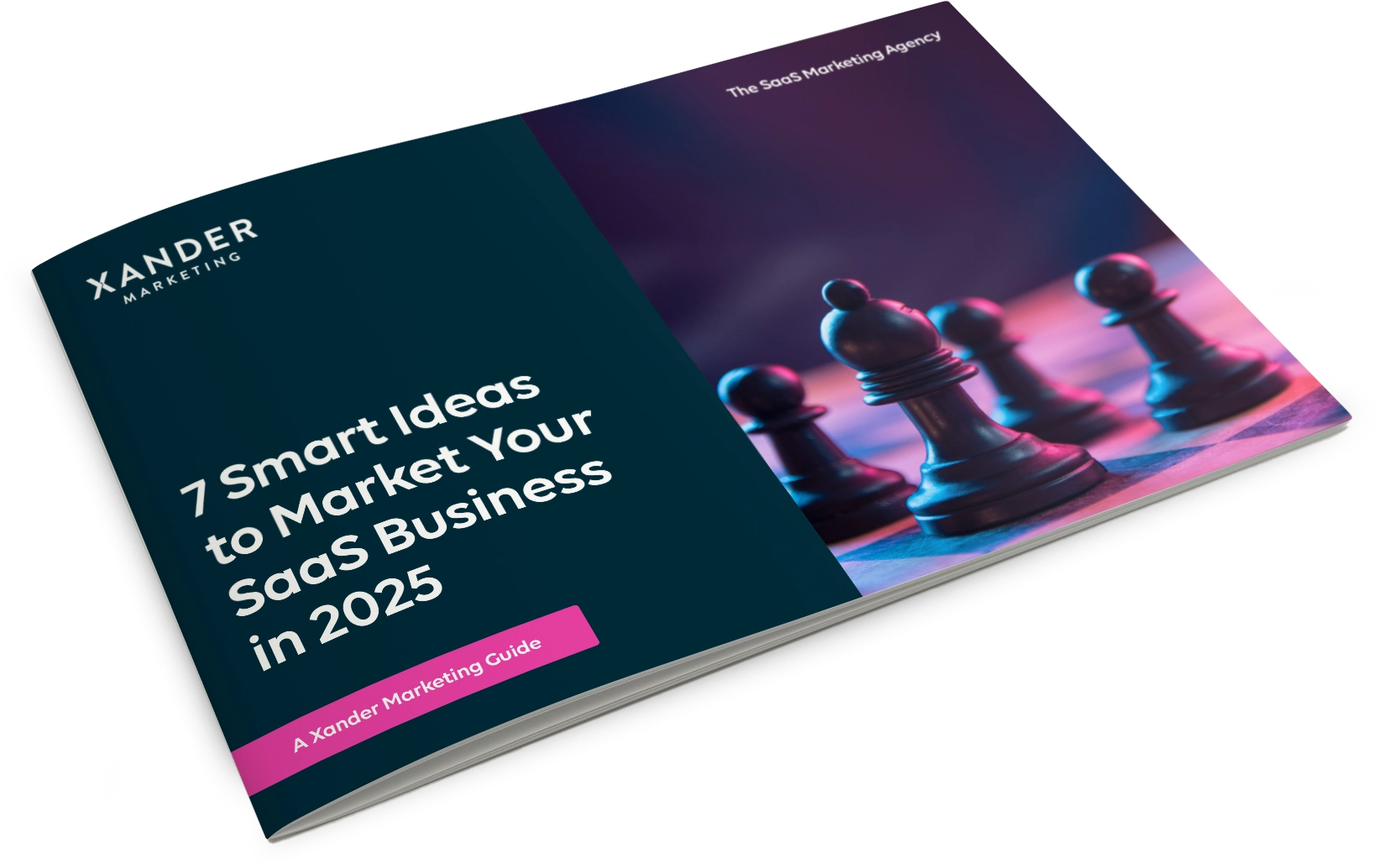From Mystery to Mastery: Discovering Self-Reported Attribution for Your SaaS product
8th November 2023

When every marketing dollar counts, understanding how marketing efforts drive revenue is crucial for business growth. While software-based attribution models give us data that can be measured, usually by last-touch attribution, they can fail to capture the full scope of customer behaviour, leading to missed opportunities. Self-attributed can fill in the gaps and add on a layer that software just wouldn’t know.
Read on to uncover what self-attributed reporting is and its role in shaping data-driven decisions for SaaS businesses.
What is self-reported attribution?
Software-reported attribution utilises software to track and attribute the success of marketing campaigns to specific channels and tactics. For example Google Analytics, Google Ads or software like HubSpot.
Self-reported attribution is a marketing measurement strategy that directly asks your customers how they heard about your business through a high-intent form on your website.

Unlike traditional attribution, which relies on tracking cookies, self-reported attribution provides insights based on what buyers report rather than software-generated data.
For example, if someone heard about your company through a shared LinkedIn post, subscribed to your podcast, and then Googled your brand name and signed up for a free trial, software-based attribution would attribute that lead to Google. In reality, it’s been a journey, initially from LinkedIn.
The benefits of self-attributed reporting
Self-attributed reporting offers a range of benefits that can transform the way you approach marketing and resource allocation, including:
- Reveals hidden touchpoints: Self-reported attribution often reveals touchpoints that traditional software attribution cannot track, shedding light on previously hidden areas of influence.
- Discover hidden channels: By capturing data directly from your buyers, self-reported attribution uncovers channels that may have worked for your business but remained unnoticed.
- Gain qualitative insights: It provides in-depth insights into the channels and touchpoints. Instead of guessing which marketing channels deliver results, you’ll know for sure.
- Understand consumer behaviour more deeply: It helps you understand how your buyers prefer to self-educate and gather information, allowing you to tailor your marketing strategies accordingly.
- Gives realistic insights: Self-reported attribution offers a realistic view of your marketing efforts, aligning your strategy more closely with actual customer experiences.
Limitations of self-reported attribution
While self-reported attribution has significant advantages, it’s important to acknowledge its limitations:
- Potential inaccuracy: Buyers may have recency bias, leading them to remember only the most recent or significant touchpoints, potentially overlooking how they initially heard about your business.
- Lack of detail: It can be challenging to attribute specific campaigns or ads unless the buyer provides detailed information about what drove them to your website. Generic responses may not capture the entire journey.
Aim for hybrid attribution
Self-reported and software-based methods play distinct roles in understanding customer behaviour and optimising marketing strategies.
Self-reported attribution relies on buyers’ direct input, while software attribution relies on tracking cookies and pixels and remains crucial in tracking high-intent channels.
The choice between self-reported and software attribution isn’t binary. A hybrid approach, combining both provides a comprehensive understanding of your customer journey and empowers better-informed decision-making.
Should ‘how did you hear about us’ be an open or closed field?
The choice between an open text field and predefined drop-down options when implementing self-reported attribution introduces a critical dimension in the field. This decision carries implications for data quality, user experience, and the depth of insights you can gather from your audience. Each approach has its pros and cons:
Open text field
Pros:
- Offers flexibility for buyers to provide detailed responses and more than one channel if that’s the case
- Captures a wide range of unique responses.
- Allows for in-depth qualitative insights.
Cons:
- May result in less structured data.
- Requires more effort in data analysis
Dropdown menu with options
Pros:
- Provides structured data that’s easy to analyse
- Ensures consistency in responses
Cons:
- It may limit the diversity of responses.
- Could miss out on unique insights
Whether you choose an open text field or predefined options, the key is to leverage self-reported attribution to gain a more comprehensive view of customer behaviour and tailor your strategies for better results.
Grow your B2B SaaS Business
Partner with Xander Marketing, the SaaS marketing agency that has worked with over 200 SaaS businesses since 2009.
Scale MRR, demos, and trials with outsourced marketing. We’re a perfect fit for B2B SaaS businesses with no in-house marketing, or marketing managers who need a delivery partner.





